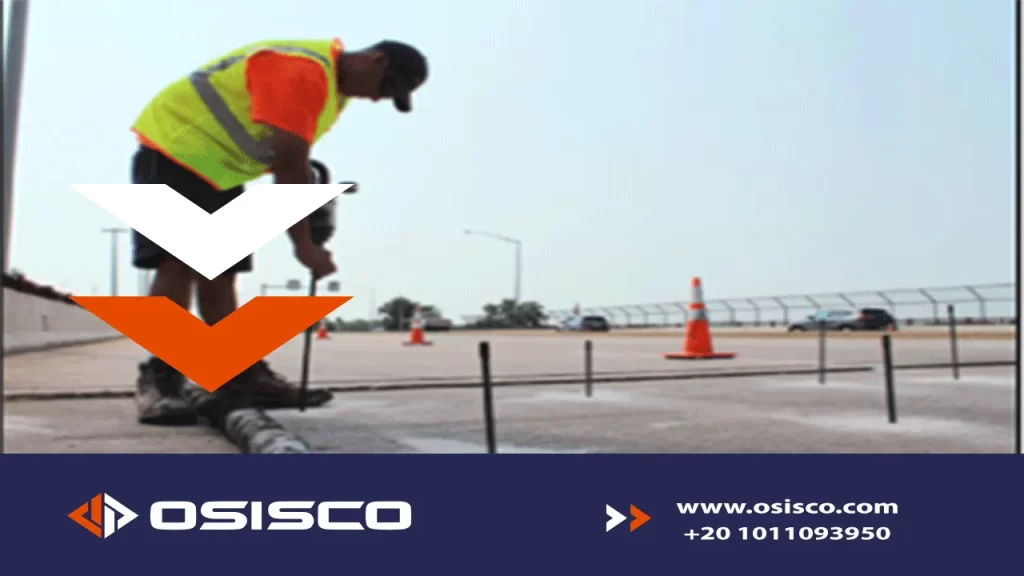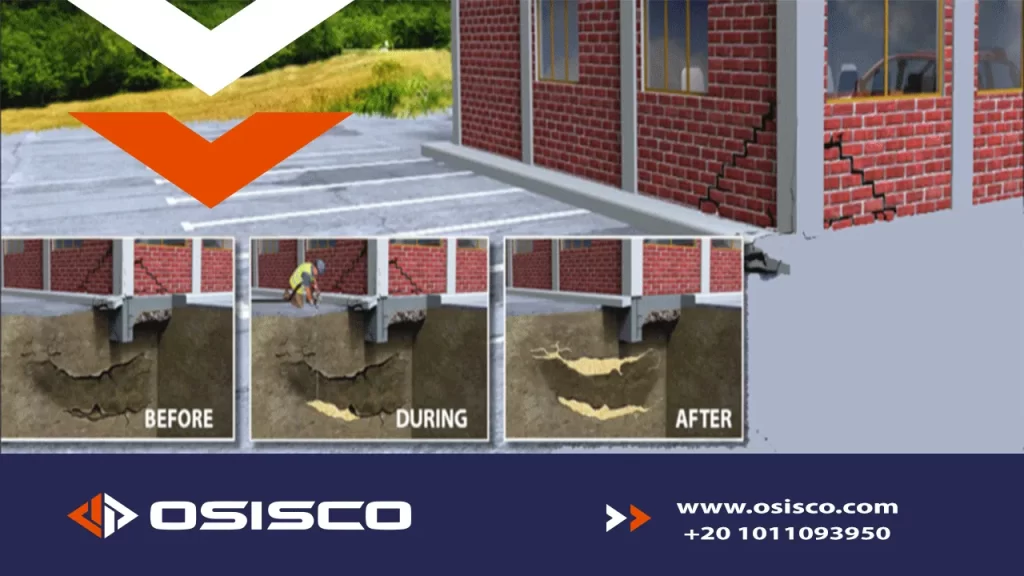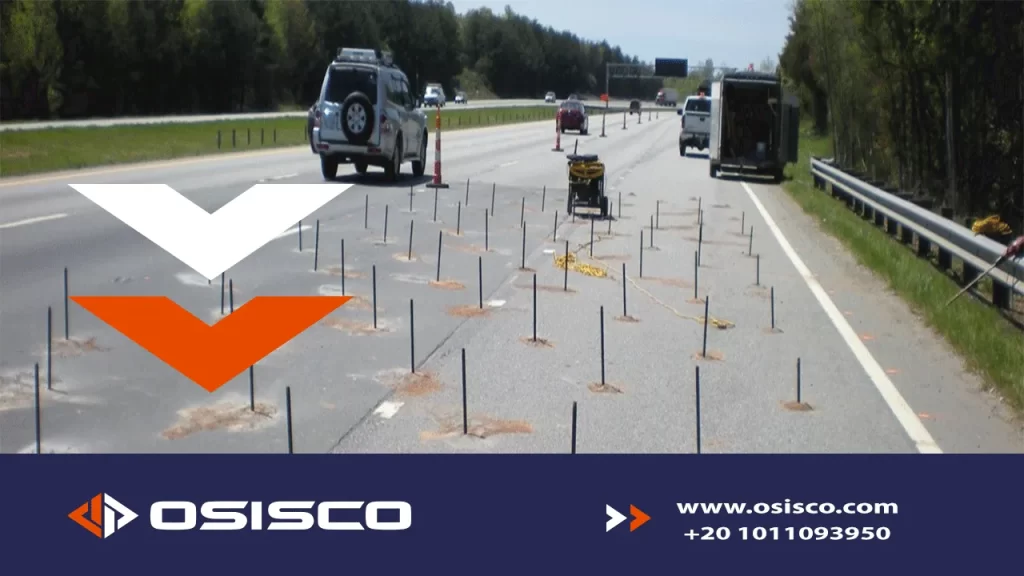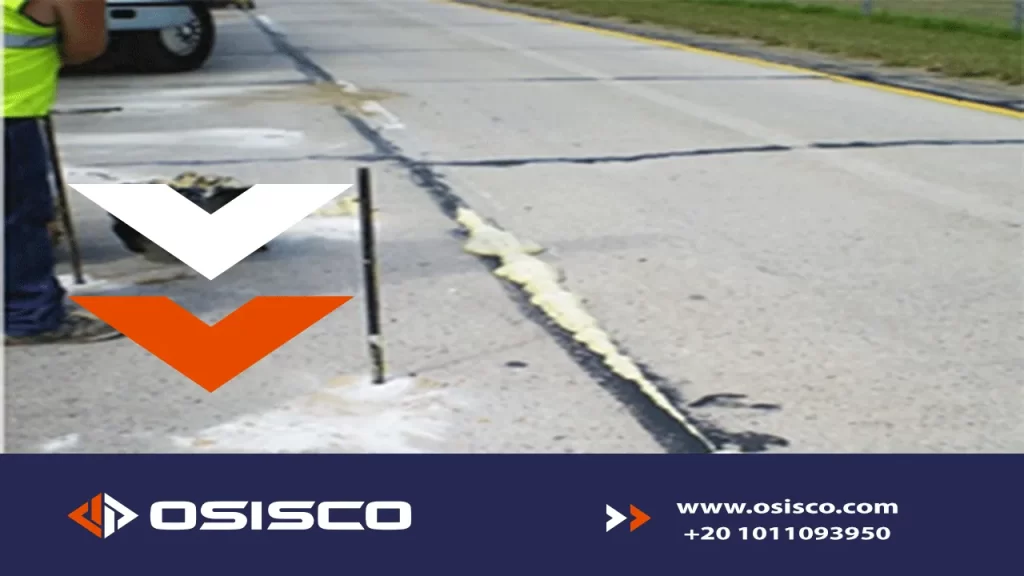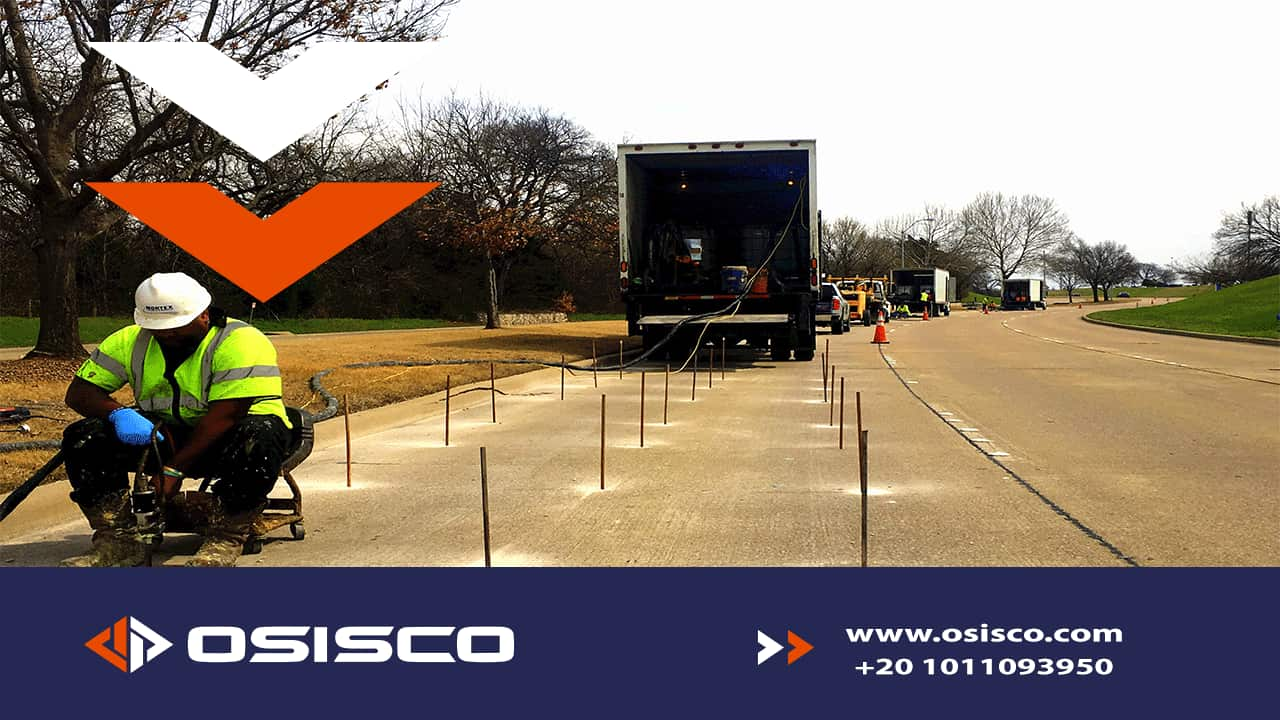The injecting material is called polyurethane Foam soil stabilization, which is a polyol resin sealant (Resins) isocyanates are injectable, and insulating the injecting material extends to fill the voids inside the soil and to reinforce the existing structures and return them to their previous condition.
Certainly, soil stabilization may be an important part of the infrastructure, because the soil will not be stable on its own and requires additional support in different forms and shapes according to the condition in which the soil is located.
Unstable soil can threaten the integrity and stability of the infrastructure and thus damage and in the worst cases, destruction of structures such as buildings, bridges, and roads.
Many factors can cause the soil to become unstable, and if we talk about this part, we will elaborate, but for example, an increase in the pressure on the soil or a change in the level of the water surface inside the soil.
Applications of foam soil stabilization
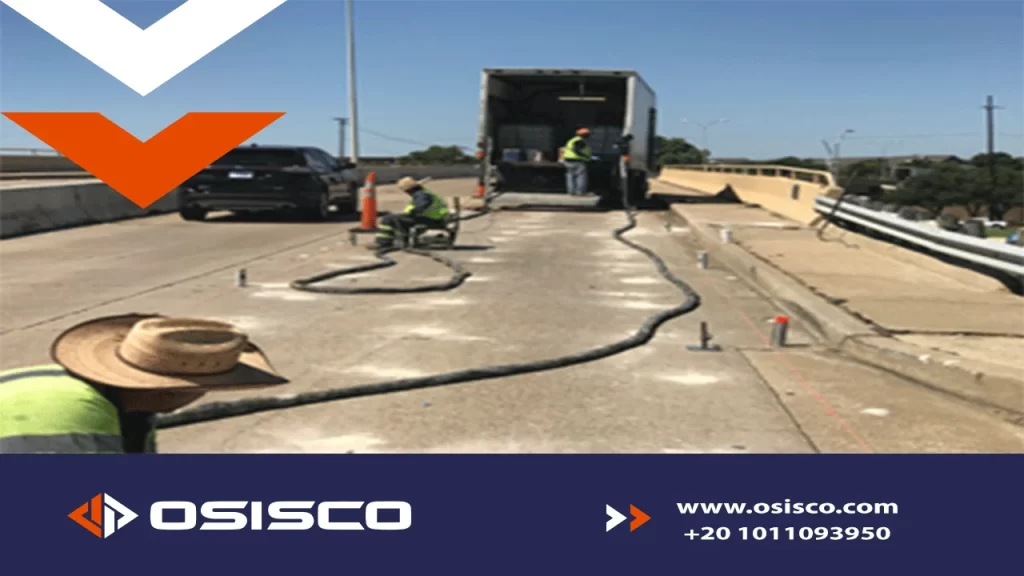
We use polyurethane foam injection in many applications, which are:
- Roads in general, including airport runways.
- Tunnels.
- Sewage pipes and rain drains.
- Bridges.
- Dams.
- Residential buildings, including foundations and swimming pools.
- Railway.
- Underground tanks.
- Seawall.
Benefits of foam soil stabilization
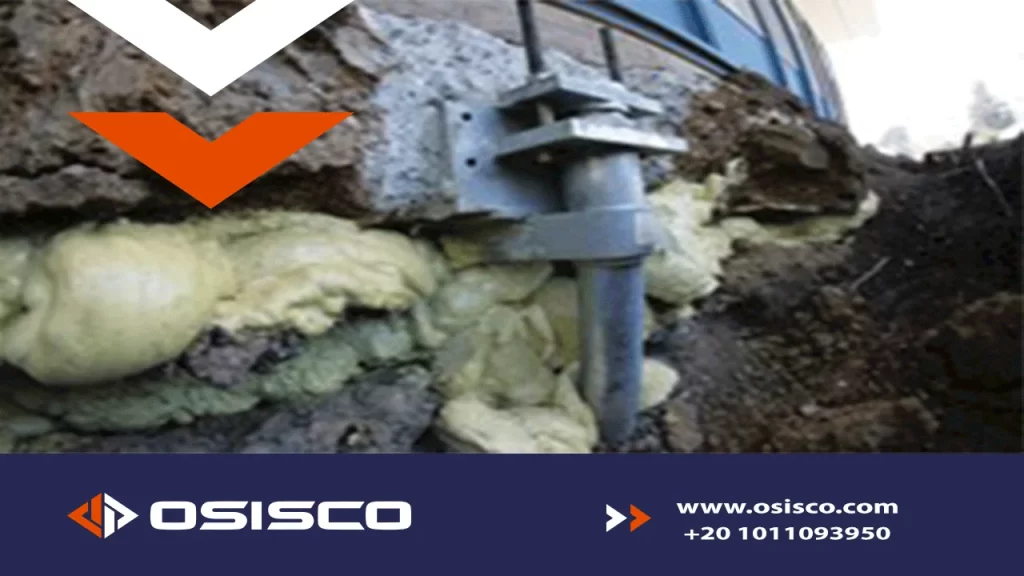
Polyurethane foam injection has proven its effectiveness and benefits, which are as follows:
- Rehabilitation of unstable soil.
- It is a support for unstable foundations and structures.
- Foam follows the path of least resistance in the soil and fills the weak areas.
- Fill the cracks and voids in the ground.
- It fills the spaces in which the water is located and removes the accumulated water.
- Increasing the bearing capacity of the soil.
- A permanent repair and the foam does not change its shape or absorb ground water.
- Foam seeps into the weak soil, then expand and stick to the soil and makes it solid.
- Do not filter chemicals into the ground (environmentally friendly).
Using Foam soil stabilization in roads
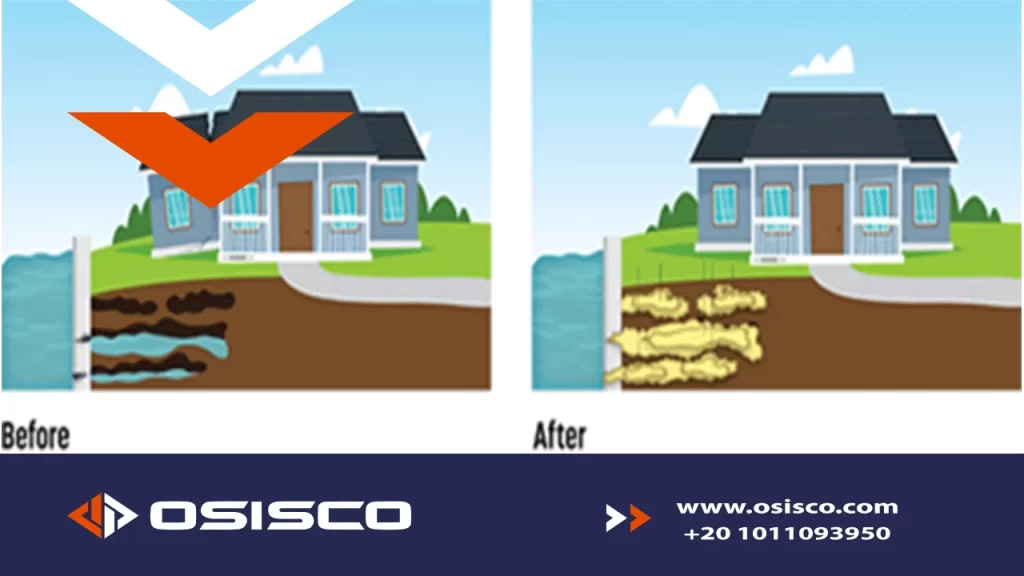
Polyurethane foam injection (foam injection) is an excellent solution for soil stabilization in roads. Polyurethane injection (foam injection) reduces the porosity of the soil (reducing voids) and also increases its bearing capacity, and it is faster in the stable inside the soil than other techniques It is also environmentally friendly and does not contain chemicals that harm the environment.
Highways always need a stable foundation to ensure durability and stability. Therefore, it must be supported, and because the roads are a living artery between the regions each other, the geotechnical designer must think what will happen in the future in the soil of the roads.
Road erosion may occur if it is close to a water source. Swelling or shrinkage may occur at the moment water enters or exits from the soil, thus destroying the road, as well as a collapse of the roads if they are built alongside slope .
What was mentioned are common cases and the occurrence of errors and disasters in them as a result of errors in design or construction or both.
Therefore, the injection of polyurethane foam (foam injection ) gelatinously enters the pores, voids and cracks inside the soil and makes a substrate that serves as a reinforcement of the soil and also provides waterproofing packaging and has proven its efficiency for three decades and has been applied in various projects,
as the photos attached above are the best proof .
Using Foam soil stabilization in Residential buildings
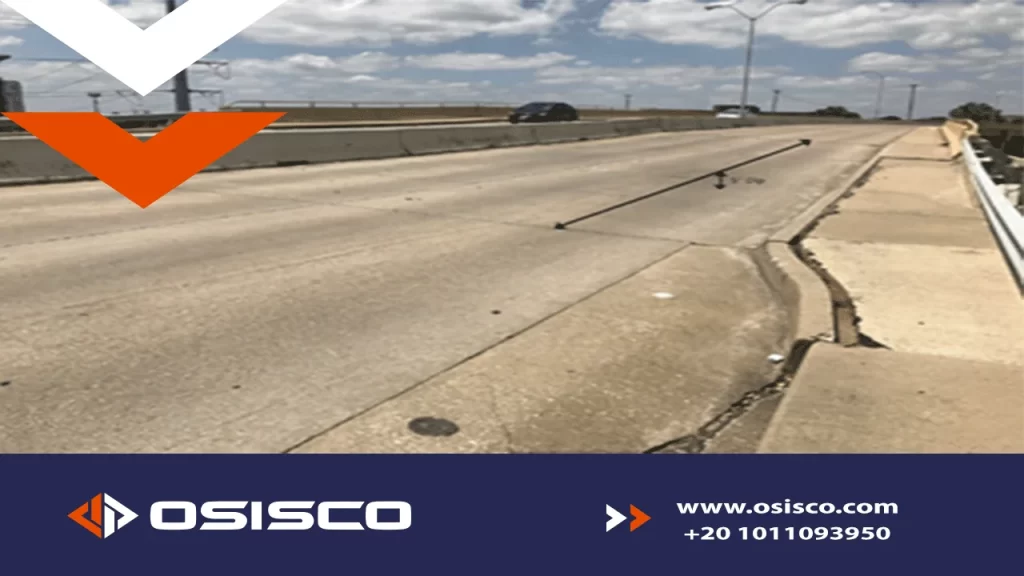
Cracks or inclinations may occur in one of the sides of the buildings for various reasons, and in that case, we resort to repair and reinforcement, and polyurethane foam injection (foam injection) is an excellent solution that case, because of the advantages it has, which were mentioned earlier, as it penetrates into the gaps inside the soil and fills them in addition to improving the properties of the soil itself and increasing its hardness and durability.
In the buildings, we treat the settlement, where the voids causing the settlement are also pumped and filled if there are cracks in the buildings, swimming pools, and basements, it is an optimal solution for treating problems related to soil and foundations.
Using Foam soil stabilization in Bridges
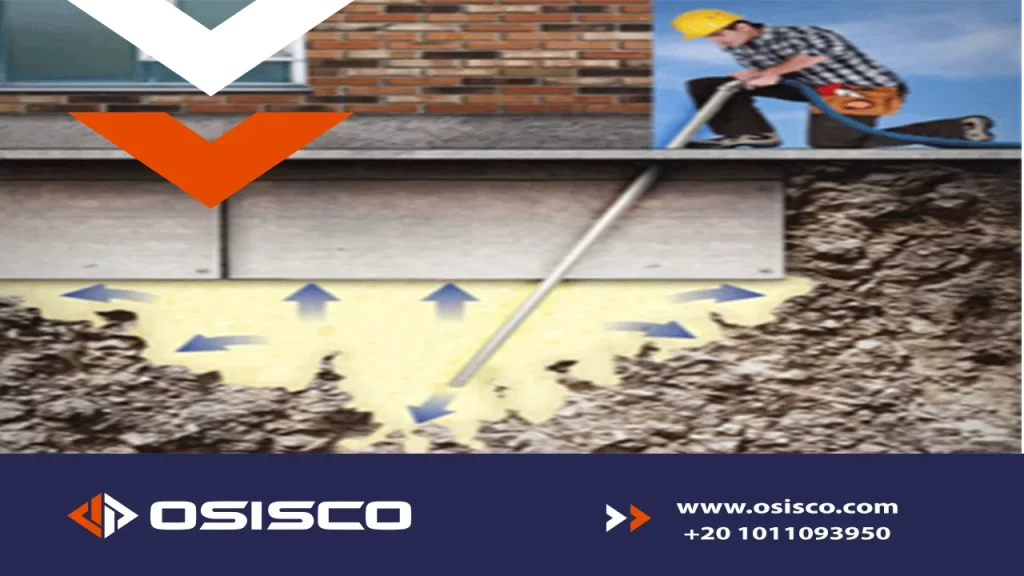
In the construction of bridges, heavy equipment used in compacting the soil is not able to compact the soil near the supporting wall of the bridge in good way, and over time the unstable soil stabilizes, and here the problem occurs because when there is a movement in the soil grains.
extra stresses occur that affect the soil and the building based on that soil, so the optimal solution intervenes here, which is the injection of polyurethane foam ( foam injection), where the injection is done under the concrete and in the foundation soil, the height returns again.
In addition to the stability of the soil under the foundation, due to the features we mentioned earlier, the idea here is that the problem has been dealt with in a short time and traffic was not disrupted.
We use polyurethane foam (foam injection) to stabilize the soil around the bridge structure, where it penetrates into the gaps, fills them, and prevents any seepage in the future.
Using Foam soil stabilization in Tunnels
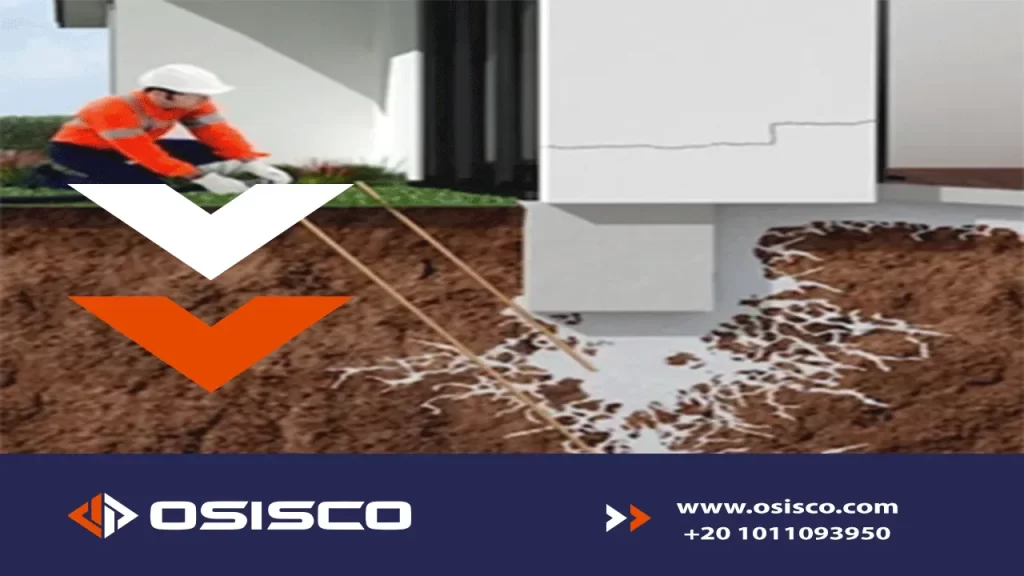
We use polyurethane foam (foam injection) to stabilize the soil around the tunnel, where we must make sure that the soil is stable when the tunnel drilling machine passes without causing any damage, and also in case of problems after construction, and also there is a problem of ensuring that the foam does not melt as a result of friction between the tunneling machine and the soil.
there are materials that are not affected by temperature. therefore, it should be noted to study the state of the project before starting implementation and choosing the appropriate material that falls from polyurethane foam.
Using Foam soil stabilization in railway
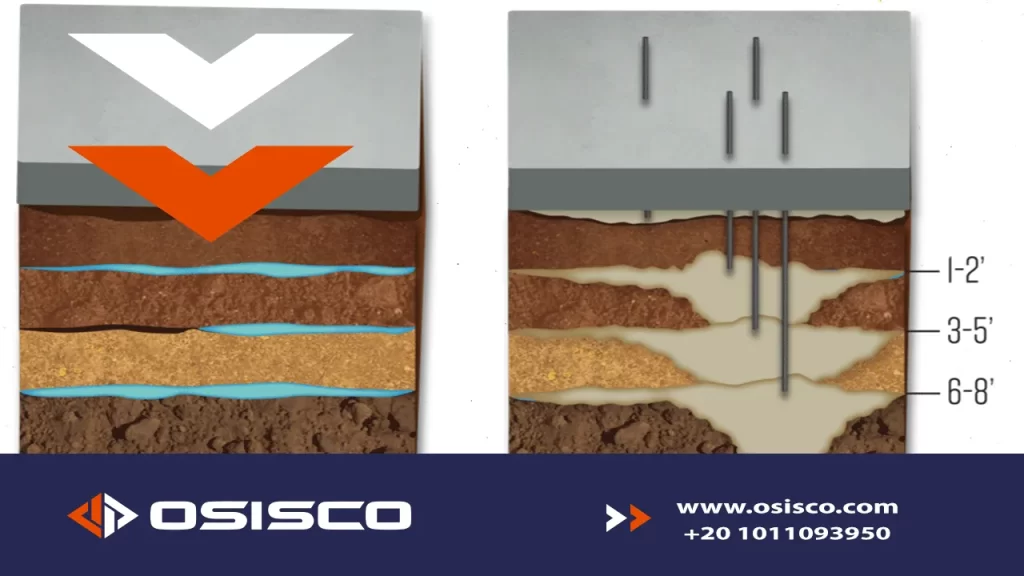
In some cases, we resort to make a stability soil or reinforcing the soil under the railway lines, so polyurethane foam ( foam injection ) is resorted to where it meets the required purpose of injection.
the purpose may be to raise the efficiency of the soil or fill the voids under the railway lines if a settlement problem occurs or in the case of making a tunnel under that line and it was required to ensure the stability of the soil under the railway line to not affect the traffic situation where the works are still ongoing.
The advantage of this technology is that it does not require many manpower and does not affect the workflow, especially the traffic, it is easy and flexible, as it can be applied in the narrowest places because the equipment used is very simple as shown in all the pictures.
Polyurethane foam (injection foam) can be used as a support with other systems used in soil improvement it can work alone and also work with other systems with flexibility and also with high efficiency.
